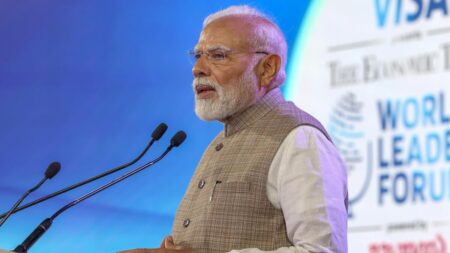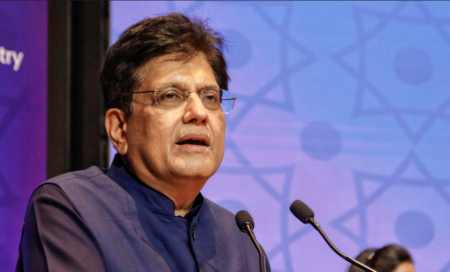During a virtual summit, Indian Prime Minister Narendra Modi and His Highness Sheikh Mohamed bin Zayed Al Nahyan, President of the UAE and Ruler of Abu Dhabi, signed the comprehensive agreement known as CEPA. Commerce Secretary Sunil Barthwal congratulated the citizens of India and the UAE on the milestone of the first anniversary of the Comprehensive Economic Partnership Agreement (CEPA)’s implementation and discussed how the CEPA has served as a growth engine for bilateral trade between the two countries over the past 11 months.
The Commerce Secretary stated that all involved are still collaborating to increase the two nations’ ease of doing business. Industry representatives spoke about their success in using the CEPA to drive considerable growth in their respective industries.
CEPA has had a substantial impact on India’s bilateral trade with the UAE over the past year, particularly India’s exports of both oil and non-oil goods to the UAE. During the fiscal year 2022–2023, bilateral trade between India and the UAE reached record highs.
The use of the India-UAE CEPA has been gradually rising month over month.
The UAE abolished taxes on 97.4per cent of its tariff lines, or 99per cent of imports from India, under the India-UAE CEPA in the goods domain. Over 80per cent of India’s tariff lines, or 90per cent of its exports in value terms, have had their duties immediately eliminated. Most of these tariff lines are associated with labour-intensive sectors and businesses such as oil seeds and oils, drinks, cotton, fish and fish products, textiles, clothes, gems and jewellery, leather, footwear, medicines, and several engineering products.
Broader and deeper commitments have been made in the services domain across all supply sectors and methods. India has offered the UAE 100 of the 160 service subsectors, whereas the UAE has offered India 111 of the 160 service subsectors.
Due to the rapid rise in bilateral trade, particularly in exports of goods and services from India, CEPA would have had a beneficial effect on other important macroeconomic factors, including GDP and employment.











